The rise in women's ACL injuries NEEDS to be addressed, with Walsh added to list
autty 2023-07-28 18:19:04 评论
Keira Walsh suffered a suspected anterior cruciate ligament injury in England's World Cup clash with Denmark on Thursday.
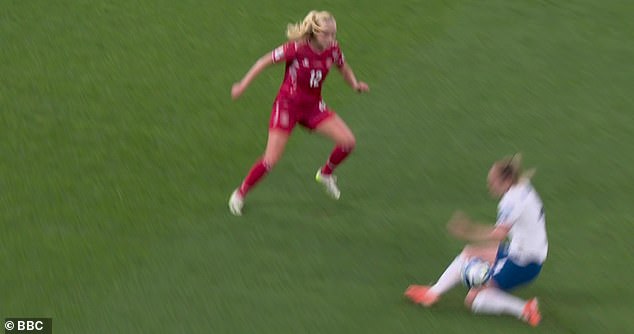
The midfielder slid in to make an interception but appeared to catch her studs in the ground and she stayed down in agony.
As medics rushed onto the pitch, Walsh mouthed 'I've done my knee', and she is now almost certain to miss the rest of the tournament.
It is a severe blow to England's hopes, with Walsh having been the heartbeat of the team under manager Sarina Wiegman.
Her misfortune comes after captain Leah Williamson was ruled out of this summer's tournament with the same injury, while Beth Mead failed to recover in time from her own ACL setback.
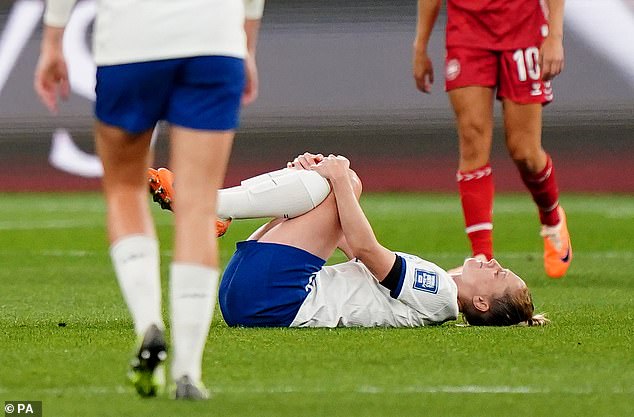

The question we are all asking ourselves is, how many more? How many more stars of the women's game have to suffer this cruel injury in their prime before something is done.
What started as a crisis has turned into an epidemic. The phrase 'more research' is repeated every time a new ACL tear is confirmed. But is that an easy get out? Yes, more research is needed - but what are clubs actually doing? What are governing bodies doing?
Chelsea, we know, have used Orreco's FitrWoman app to monitor their players' menstrual cycles in a bid to reduce their susceptibility to soft tissue injuries, including ACLs. Since 2018, only two Chelsea players have ruptured their ACL - Maren Mjelde and Lucy Watson, who was on loan at Charlton at the time.
We are warned, though, that there is conflicting information around hormones and injuries. What is known is that the stability of joints can be affected when oestrogen is elevated in the menstrual cycle, which usually happens in the second week. But researchers say it is not clear whether this does in fact increase the risk of injury to female players.
While we cannot say definitively that Chelsea's work around menstruation is the reason they have suffered less ACL injuries than some clubs, it is clear they are working to reduce possible risk factors.
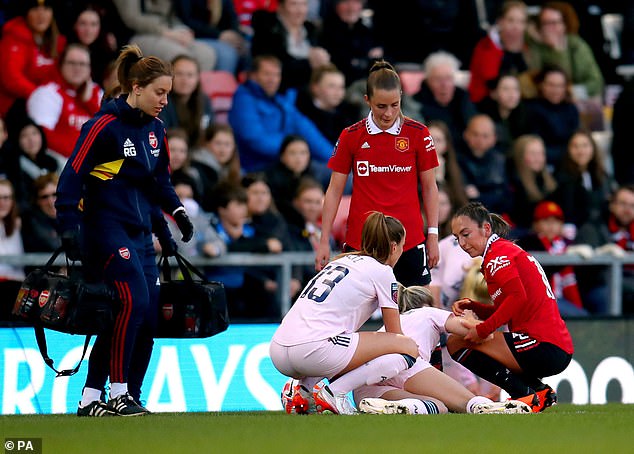
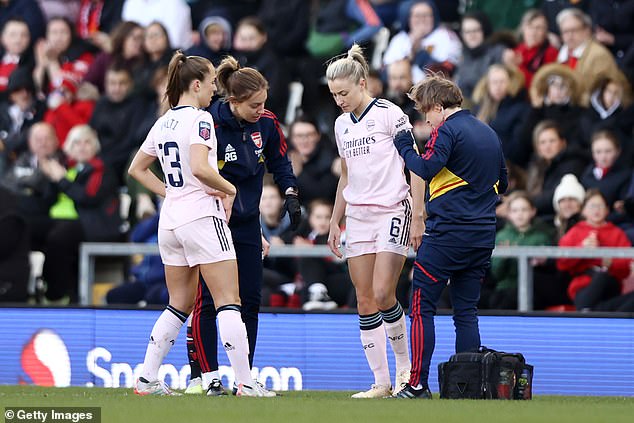
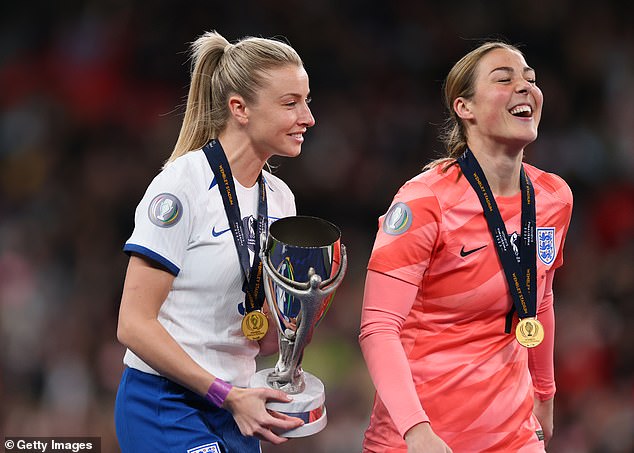
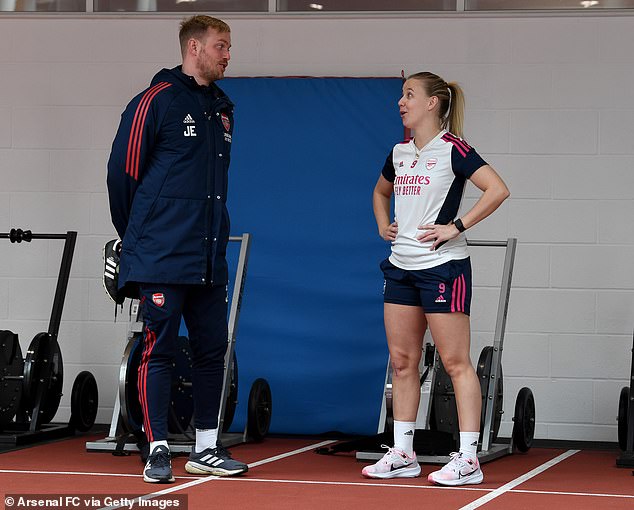
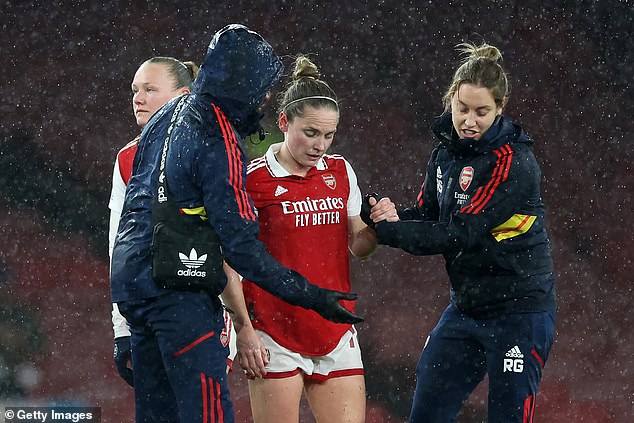
But what about others? Williamson was the third Arsenal player to suffer an ACL in 2022-23 and the fourth in two years.
Jonas Eidevall was critical of the pitch at Leigh Sports Village, where Williamson sustained the injury, but Mead and Vivianne Miedema both ruptured their ACL's at the Emirates.
In October 2020, former Arsenal boss Joe Montemurro said the club were conducting a 'massive' internal review after seven first-team stars were sidelined by injury. Two-and-a-half years later and here they are again.
Mead, Miedema, Kim Little, Caitlin Foord, Lina Hurtig and Williamson were all injured for April's Champions League quarter-final at Wolfsburg.
Of course, injuries are part and parcel of football and some are down to bad luck. Eidevall said the club have a continual process of auditing injuries but admitted they also have to look inwards.
'We as a club have to look at the factors that we can control and be as good as possible,' Eidevall said. 'We are not sticking our heads in the sand and just blaming all external factors. We have to look inside and first see what we can change and do that.'
Sportswear manufacturers also have a role to play. Many football boots do not account for the fact women's feet are shaped differently to men, meaning female players can wear ill-fitting shoes that can increase the risk of injury. Women also run in a different way to men, yet studs are designed around male movement.
With so many stars now signed up to the biggest brands, what are they doing to protect their players and give them the best possible chance of avoiding injuries?
Nike unveiled a new boot made by a female-led design team last month, and the aim is to stop the surge in achilles injuries in the women's game. Can it also lead to a reduction in ACL injuries?
The boot named the Phantom Luna has a stud pattern designed to allow women to move more freely.


Puma have also announced that they will be investing significantly into research to try and understand and reduce ACL injuries.
And what about FIFA? With the women's game still early in its transition to professionalism, top-level players are having to cope with an increased fixture load that arguably their bodies have not been prepared for. FIFA's solution appears to be to add more games.
The lower-ranked nations need more fixtures but those at the top are playing too much. It is the same problem in the Women's Super League and perhaps there is not a straight-forward or easy solution.
England manager Sarina Wiegman said at the end of last year that FIFA, UEFA and federations across the world 'have to do something' to tackle the increasing number of ACL injuries. After Walsh became the latest victim, those words have never felt more important.
- 消息参考来源: DAILYMAIL
- 严禁商业机构或公司转载,违者必究;球迷转载请注明来源“懂球帝”
- 懂球帝社区规范:抵制辱骂

